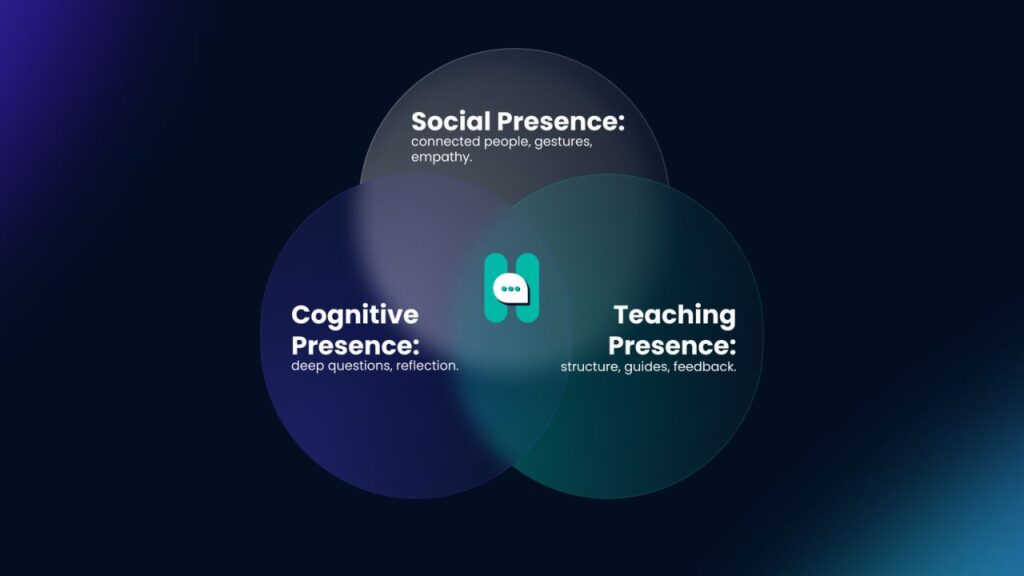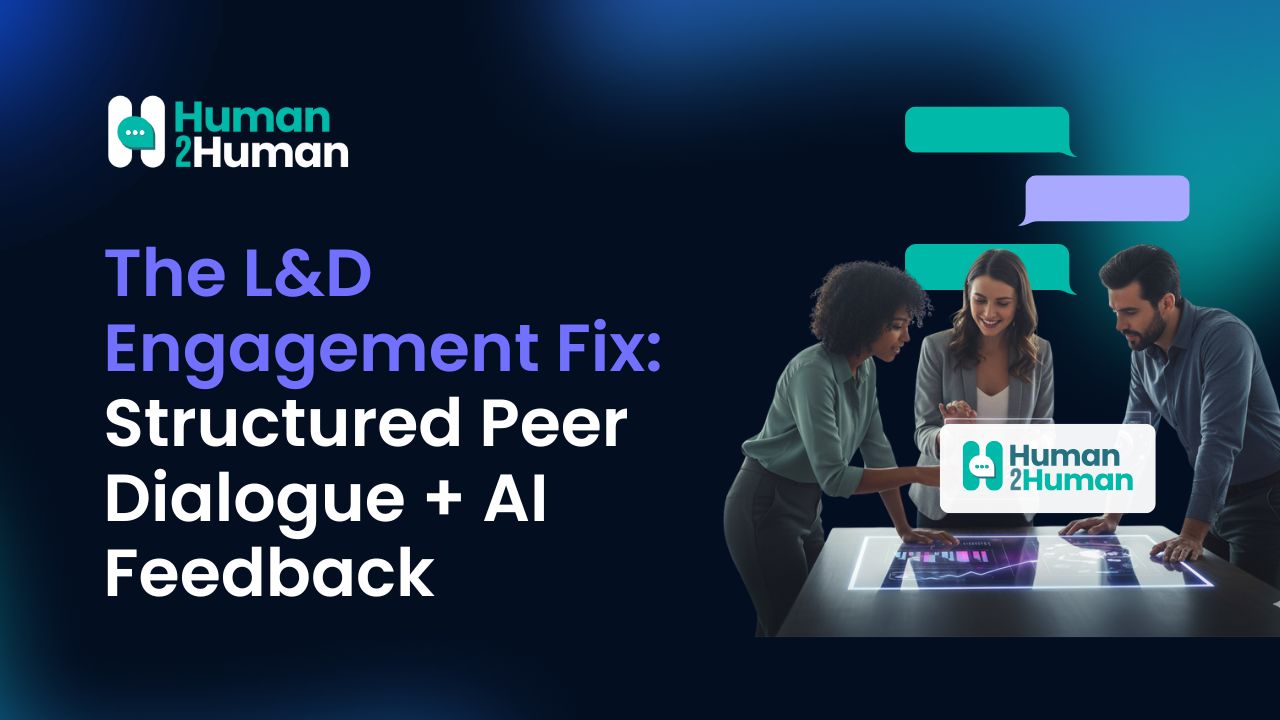Think back to the best group learning experience you’ve ever had. Chances are it wasn’t the slides, the readings, or even the room itself that made it memorable. It was the facilitator — the person who shaped the conversation, balanced the voices, and helped the group reach insights they wouldn’t have found alone.
In education and corporate learning alike, facilitation is often the quiet superpower that makes or breaks outcomes. Content matters, but how people engage with that content matters even more.
Why facilitation matters?
Research in learning science indicates that collaboration fosters more profound understanding and longer-term retention. The Community of Inquiry framework, widely used in higher education, highlights three presences that support learning:
Cognitive presence (building meaning)
Social presence (authentic connection)
Teaching presence (guiding design and dialogue)
The facilitator sits right at the intersection of all three, orchestrating the conditions that allow them to thrive.

The core qualities of great facilitators
Over the years, scholars and practitioners have identified common traits that distinguish strong facilitators. Here are some of the most cited:
Clarity of purpose – Clear goals, agenda, participants know why they are there.
Equitable participation – Prevent domination, involve quieter voices.
Psychological safety – Ground rules, respect, safe atmosphere for risk-taking.
Probing for depth – Ask “why” and “how”, go beyond surface answers.
Managing dynamics – Time management, redirect tangents, keep pace.
Synthesis and sense-making – Summarize, highlight connections, ensure shared understanding.
Feedback and follow-through – Provide timely input, link back to learning objectives.
None of these skills is flashy. But together, they transform group activities into genuine learning moments.

The paradox we face
The tension: while we recognize the importance of facilitation, skilled facilitators are in short supply. They get tired, can’t be everywhere, and can’t scale to the thousands of learners modern online education often serves.
A glimpse of what’s next
This is where technology quietly enters. In recent years, AI has shown promise in handling mechanical aspects of facilitation:
enforcing structure
balancing airtime
nudging groups back on topic
summarizing discussions
providing rubric-aligned feedback
In this emerging space, AI is not replacing educators — they still design activities, set goals, and interpret outcomes. But AI can take on the facilitation role: structuring dialogue, balancing participation, keeping sessions on track — while educators guide the broader learning journey.
✅ Closing thought:
Just as calculators extended our ability to do math, new tools may soon extend our ability to facilitate. The key question: How can we harness AI so more people worldwide experience the transformative power of great discussion?
👉 What’s the single best trait you’ve seen in a great facilitator?



